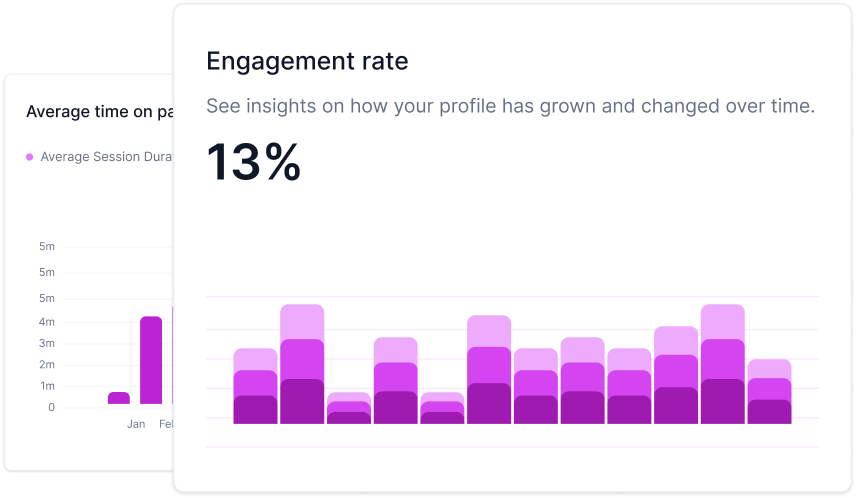What is the Ad Network?
An ad network is a platform that connects advertisers with publishers to facilitate the display and distribution of digital advertisements across various websites, apps, and online platforms. It enables advertisers to reach their target audience and publishers to monetize their digital real estate by displaying ads.
In the ever-evolving world of digital advertising, "ad networks" serve as a crucial bridge connecting advertisers and publishers. These networks play a pivotal role in distributing digital ads, ensuring that the right content reaches the right audience. In this article, we'll explore what ad networks are, how they work, the advantages they offer, and the common challenges associated with them.
How Do Ad Networks Work?
Ad networks are intermediaries that facilitate the buying and selling of digital advertising space. They bring together advertisers looking to promote their products or services and publishers with available ad space on their websites, apps, or other digital platforms. The process typically involves the following steps:
- Advertiser Selection: Advertisers join an ad network and create digital advertisements, specifying their target audience and budget.
- Publisher Integration: Publishers partner with the ad network, offering ad space on their platforms.
- Ad Inventory: The ad network manages an inventory of available ad spaces from various publishers, categorized by factors like location, demographics, and content type.
- Ad Serving: When a user visits a publisher's digital property, the ad network's technology selects the most relevant ad from the inventory to display to the user.
- Auction and Display: An auction process may occur in real-time (real-time bidding) where advertisers bid for the right to display their ads to the user. The winning ad is then displayed.
- Reporting and Payments: Ad networks provide reporting and analytics to both advertisers and publishers, allowing them to track ad performance. Payments are facilitated through the ad network.
Advantages of Using Ad Networks
Using ad networks offers a range of benefits for both advertisers and publishers:
For Advertisers:
- Wide Reach: Ad networks provide access to a vast network of publishers, helping advertisers reach a diverse audience.
- Targeting Options: Advertisers can specify their target audience, allowing for precise ad delivery to potential customers.
- Efficiency: Ad networks streamline the ad-buying process, saving time and resources.
For Publishers:
- Monetization: Publishers can monetize their digital properties by offering ad space to advertisers, generating revenue.
- Access to Quality Ads: Ad networks often provide access to high-quality, relevant ads, enhancing the user experience.
- Simplified Management: Publishers can manage ad placements and revenue through a single platform.
Common Challenges and How to Address Them
While ad networks offer numerous advantages, they come with their share of challenges:
- Ad Fraud: Ad networks can be vulnerable to fraudulent activities, such as invalid clicks or impressions. To address this, utilize fraud detection tools and monitor ad performance closely.
- Low Click-Through Rates (CTR): A low CTR can indicate that ads are not resonating with the audience. To improve CTR, create engaging and relevant ad content, and optimize ad placements.
- Privacy Concerns: With growing concerns about user privacy, ad networks must comply with data protection regulations. It's essential to follow best practices in data collection and user consent to address these concerns.
In conclusion, ad networks are pivotal in the digital advertising ecosystem, connecting advertisers and publishers to reach their respective goals. By understanding how ad networks work, harnessing their advantages, and proactively addressing challenges, advertisers and publishers can navigate this dynamic landscape effectively, achieving their marketing and revenue objectives.

